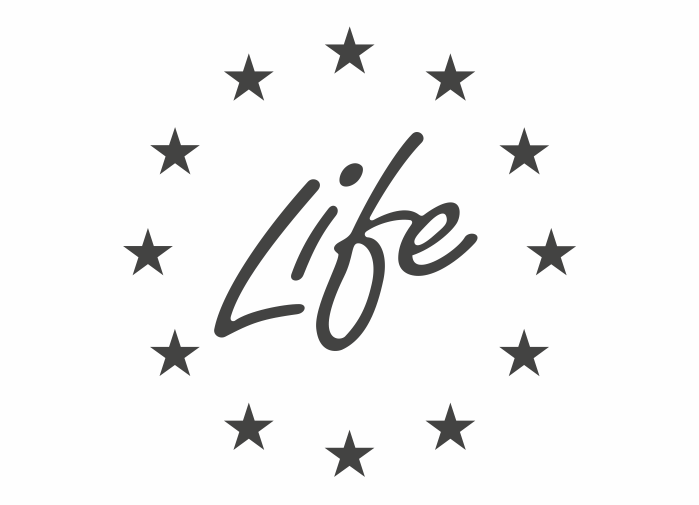This action will develop the technical documentation needed to build according to Portugal and Spain regulations the demonstrators of the project. This architecture projects will take into account several innovations to include low embodied energy and NZEB criteria in all the process. The simulation stage of the developments is key to ensure the proposed outcomes of this project.
The project development will include energy efficiency certifications and also at least 3 sustainability certifications per building. The energy efficiency certifications will be focused in the justification of NZEB according to EU regulations. The sustainability certifications will take into account the improvements achieved using natural and recycled materials in the proposal.
The project documentation will be developed using BIM software in order to decrease the time and the mistakes during the technical works. This BIM model will include all the documentation developed in the project and they will be used as an example of NZEB with low carbon footprint by other technicians.
This action has the following sub-actions:
B 2.1. Structural, environmental and economical simulations:
This sub-action is focused in the technical works needed to calculate and demonstrate the technical viability and fulfilment of national regulations of the demonstrator buildings. This process will include structure, envelope, installations and finishes in all the construction process, manufacture, transport, assembly, use, maintenance and disassembly. These simulations will be developed taking into account different options and always comparing with standard construction to calculate the percentage of improvement in each technology consider.
B 2.2. Demonstrators architecture projects:
This sub-action is focused in the design of building, in the shape, orientation, proportions, layers and technologies selected according to the simulations. This sub-action will take into account all the results of the previous works to develop the optimal solution to achieve NZEB with low carbon footprint. This sub-action will develop the BIM model and elaborate all the technical information for build the demonstrators.
B 2.3. Low embodied energy construction versus standard construction.
This sub-action will be focused in the results and comparison developed in the simulations and design actions. This sub-action will compare the low embodied construction and standard construction including statistical studies, long term situations and strategical measures to replace standard technologies by recycled/natural technologies.




